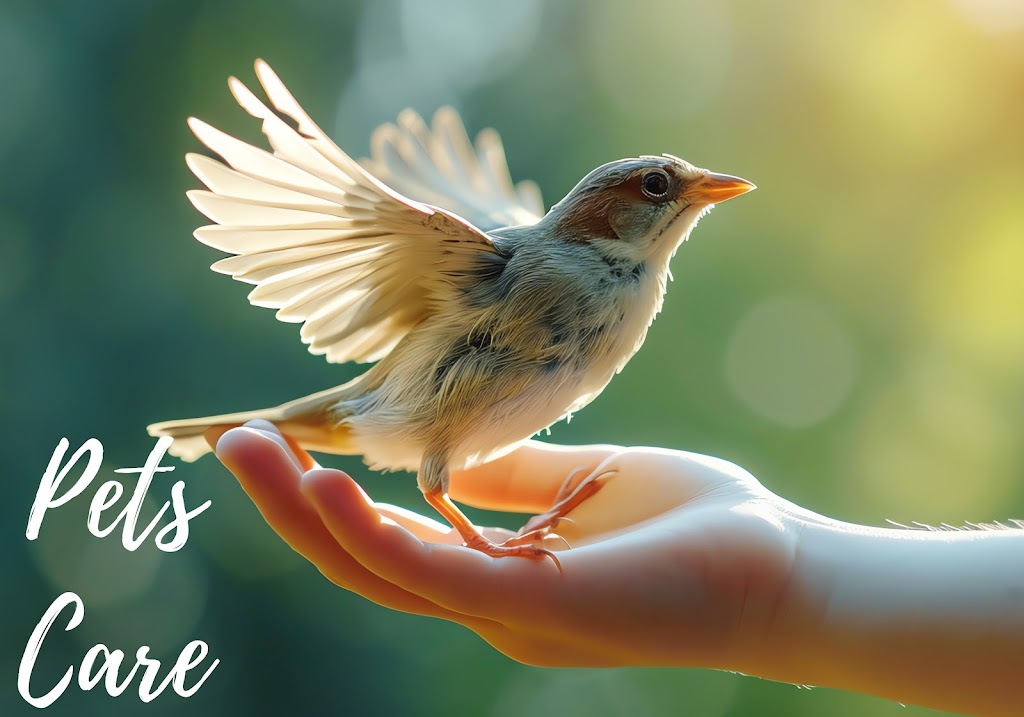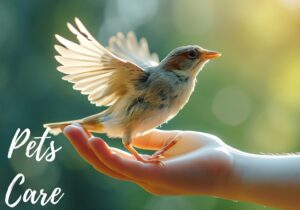Optimal Placement for Injured Birds: Finding the Ideal Environment for Care and Recovery
Introduction:
Encountering an injured bird prompts immediate action to provide aid and care. One crucial aspect of aiding an injured bird is determining the best location for its temporary housing and recovery. The placement of an injured bird can significantly impact its well-being and chances of recovery. In this comprehensive guide, we explore the factors to consider when deciding where to put an injured bird, optimal environments for its care and rehabilitation, and how to provide a conducive setting for its recovery.
1. Immediate Assessment:
Before deciding where to place an injured bird, it’s essential to conduct an initial assessment of its condition. Assess the bird’s injuries, level of consciousness, ability to move, and signs of distress. This assessment will help determine the urgency of the situation and the appropriate measures to take for the bird’s care and treatment.
2. Quiet and Safe Environment:
The primary consideration when placing an injured bird is to provide a quiet and safe environment. Choose a location that is free from noise, disturbances, and potential threats such as predators or household pets. A quiet environment minimizes stress and allows the bird to rest and recover without unnecessary disturbances.
3. Warmth and Protection from Elements:
Injured birds are vulnerable to temperature fluctuations and adverse weather conditions. Choose a location that provides warmth and protection from extreme temperatures, drafts, and precipitation. Avoid placing the bird in direct sunlight or near sources of heat that may cause overheating. A stable and moderate temperature is essential for the bird’s comfort and well-being.
4. Accessibility for Monitoring and Care:
Select a location that allows easy access for monitoring and providing care to the injured bird. Ideally, the placement should be within reach for regular check-ups, feeding, and administering medication if necessary. Accessibility ensures that the bird’s condition can be closely monitored, and any changes or signs of improvement can be promptly addressed.
5. Indoor vs. Outdoor Placement:
The decision to place an injured bird indoors or outdoors depends on various factors, including the severity of its injuries, local wildlife regulations, and available resources for care. Indoor placement offers greater protection from the elements, predators, and disturbances, making it suitable for birds with severe injuries or those requiring intensive care. Outdoor placement may be appropriate for birds with minor injuries or species that are better suited to outdoor environments, such as songbirds or waterfowl.
6. Appropriate Containment:
Once you’ve selected a location for the injured bird, provide appropriate containment to ensure its safety and prevent escape. A sturdy and well-ventilated container, such as a cardboard box or pet carrier, can serve as temporary housing for the bird. Line the container with soft, non-abrasive materials such as paper towels or cloth to provide a comfortable surface for the bird to rest on.
7. Consultation with Wildlife Professionals:
If you’re unsure about the best placement for an injured bird or how to provide appropriate care, don’t hesitate to seek guidance from wildlife rehabilitators, veterinarians, or animal control agencies. These professionals can offer expert advice on the bird’s specific needs, treatment options, and rehabilitation protocols. Consulting with wildlife professionals ensures that the injured bird receives the best possible care and increases its chances of recovery and eventual release back into the wild.
Conclusion:
Choosing the best location for an injured bird is a crucial step in providing the care and support it needs for recovery. By considering factors such as safety, protection from the elements, accessibility for monitoring and care, and appropriate containment, you can create an optimal environment for the bird’s rehabilitation. Whether indoors or outdoors, the primary goal is to provide a quiet, safe, and conducive setting that promotes the bird’s well-being and eventual return to its natural habitat. Your efforts in providing compassionate care to injured birds contribute to their survival and conservation, ensuring that they have the opportunity to thrive once again in the wild.

